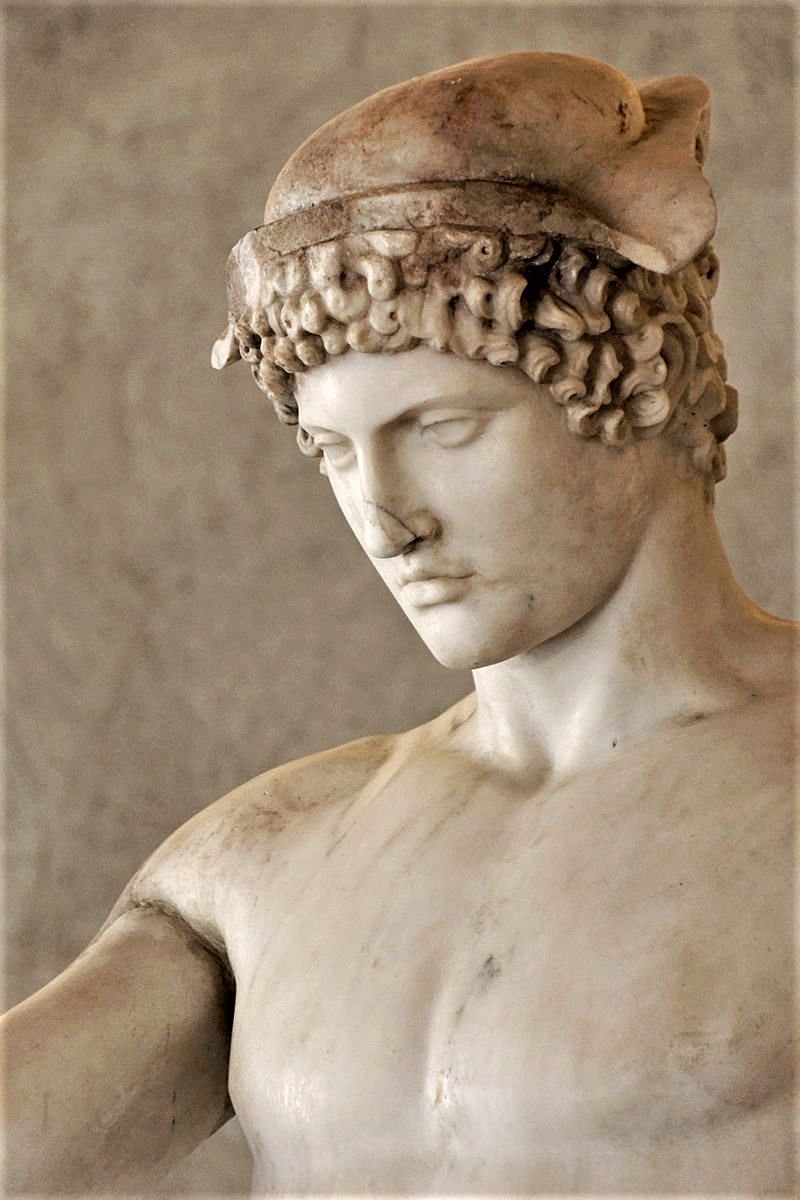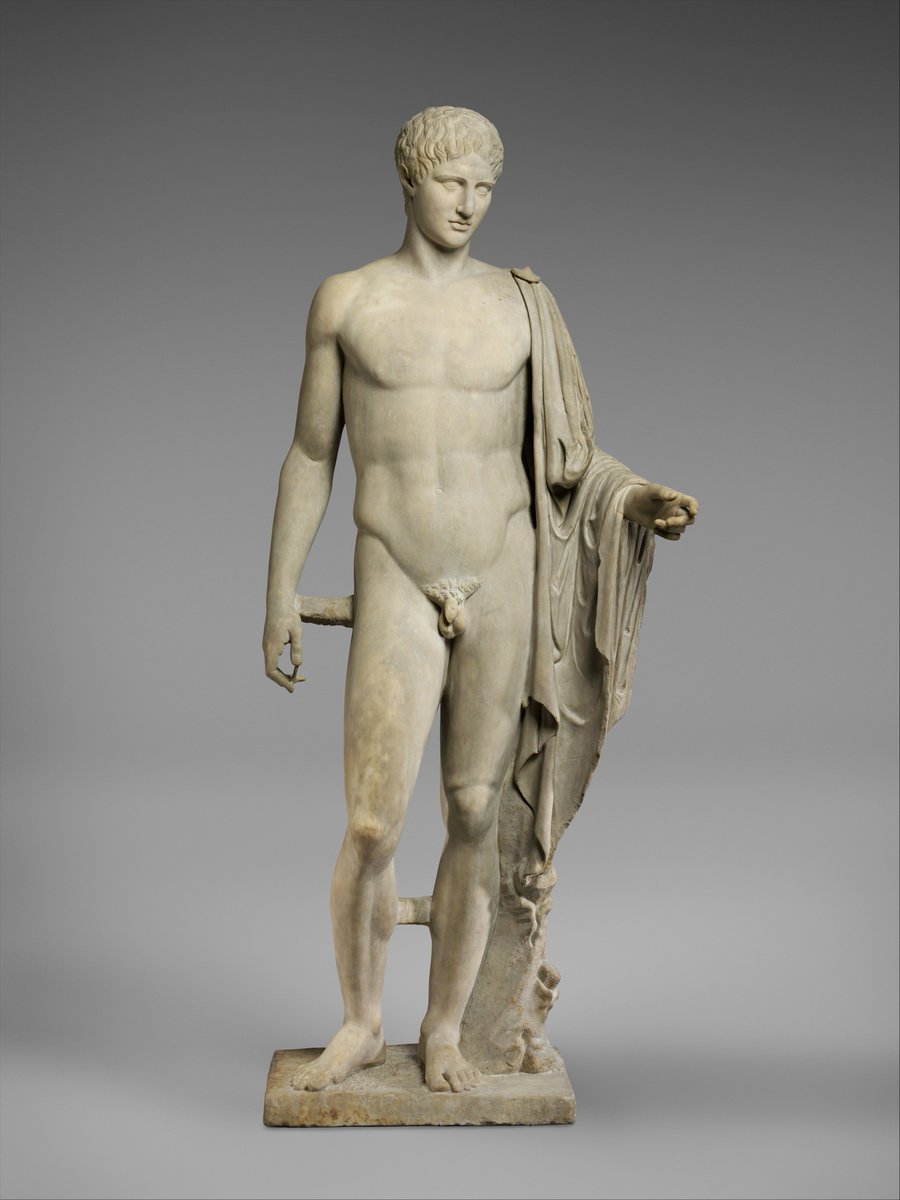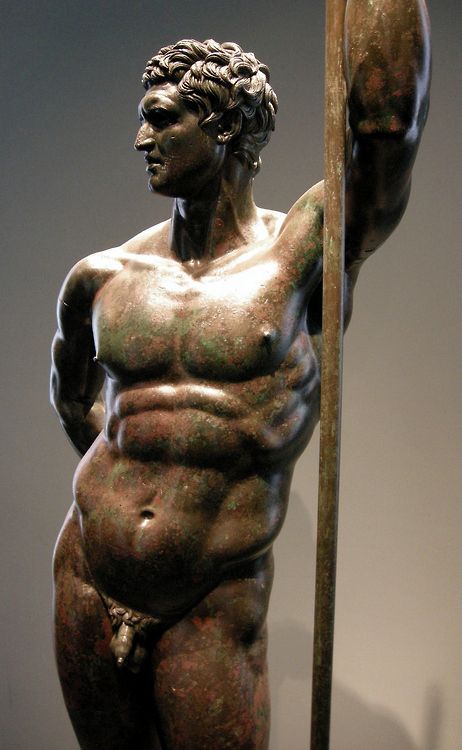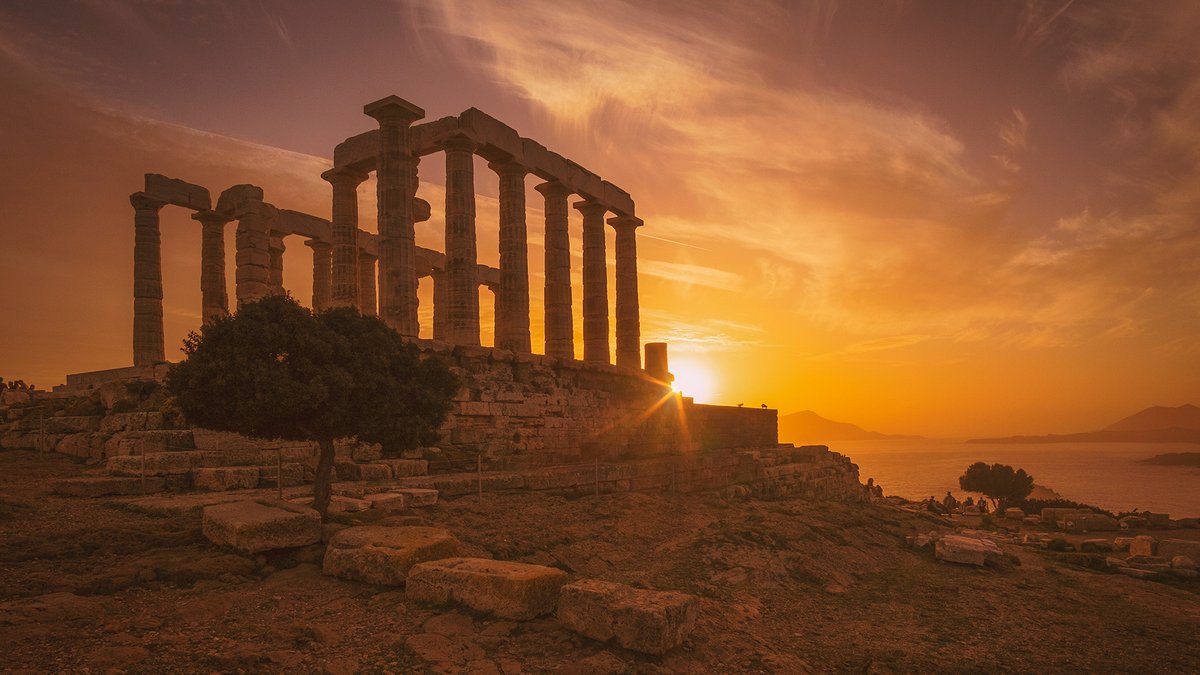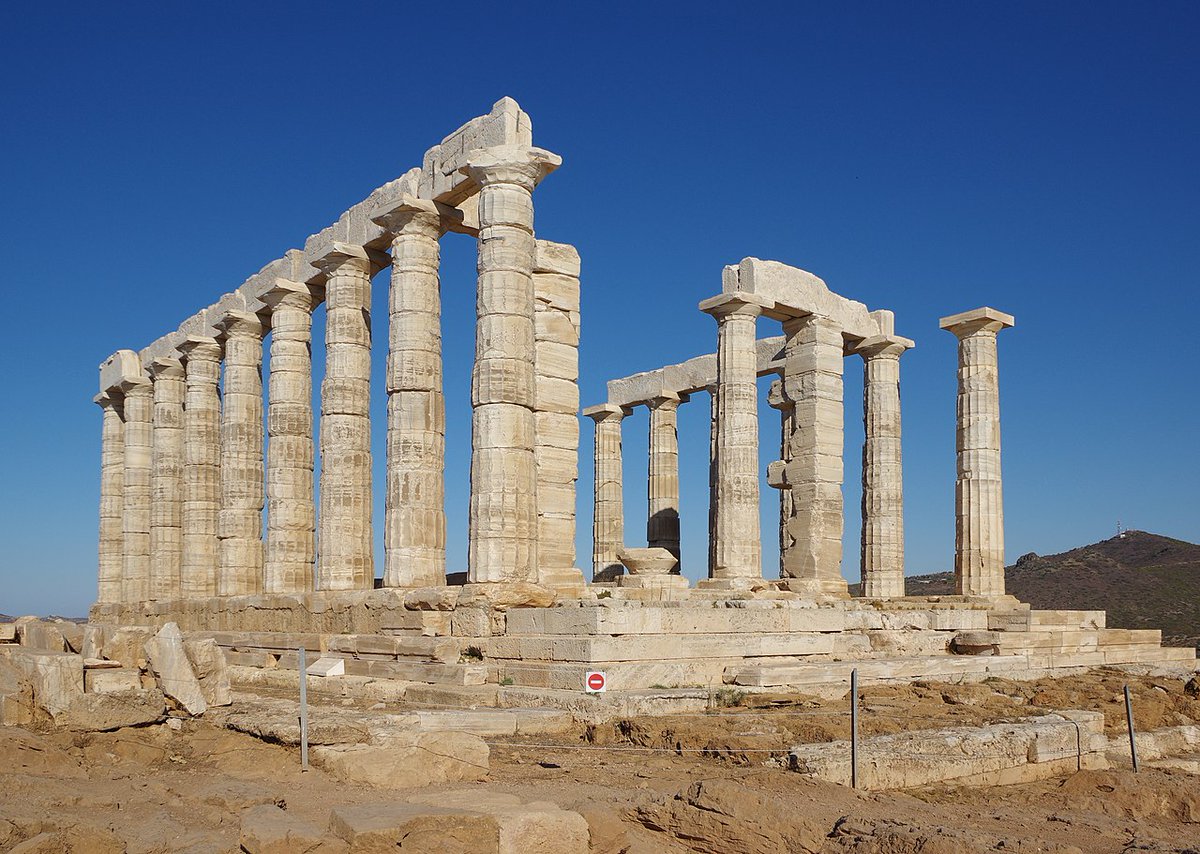
#RomanSiteSaturday - The Temple of Garni 🏛️
(1/7) The Temple Garni is situated in the village of Garni in #Armenia, and stands as the only Greco-Roman temple in the nation. It sits on a cliff edge by the Azat River and the Gegham mountains.
#Classics #Archaeology #History
(1/7) The Temple Garni is situated in the village of Garni in #Armenia, and stands as the only Greco-Roman temple in the nation. It sits on a cliff edge by the Azat River and the Gegham mountains.
#Classics #Archaeology #History

(2/7) Constructed in the 1st century CE, it was most likely built under the Armenian king Tiridates I as a temple of Mihr, the Armenian sun god. Supported and crowned as king by the Roman Emperor Nero, it is thought Tiridates adopted Mihr as his patron deity and protector. 

(3/7) Stylistically, the temple is a blend of Ancient Greek architecture and local Armenian influences. Decorated with Ionic columns, it is constructed with local grey basalt and without mortar, instead being held together with iron clamps. It also features floral friezes. 



(4/7) During the 4th century CE, the king Tiridates III adopted Christianity as the state religion. Uniquely, the Temple of Garni was spared destruction, and it remains unknown as to why. It has been argued however that its cultural and artistic importance may have saved it. 

(5/7) Following the 4th century, it was used as a royal summer house, initially by Khosrovidukht, the sister of Tiridates III. In 1679, the temple collapsed due to an earthquake and remained ruined until the 19th century, when investigative excavations were undertaken. 



(6/7) The temple, as it stands today, is a result of a reconstruction undertaken by Armenian archaeologists between 1969 - 1975. Using the anastylosis method, in which as much original material is used as possible, they pieced the temple back together as accurately as they could. 


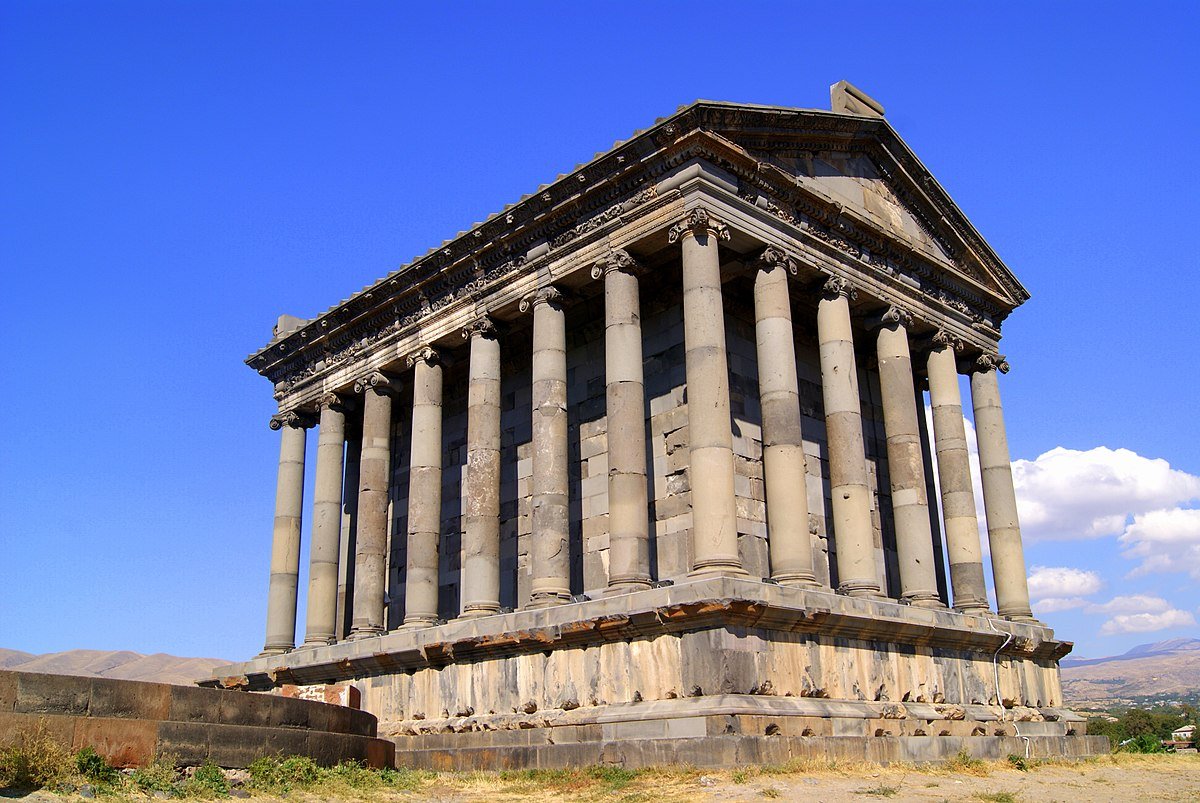
(7/7) Now restored, the temple serves as an incredibly important symbol of culture for Armenia, as well as a significant tourist attraction. Furthermore, each year it hosts the Armenian summer ceremony of Vardavar. 

#Classics #ClassicsTwitter #Romans #Armenia #Art #Architecture #History #GrecoRoman #Garni #Temple #Pagan
@threadreaderapp unroll please!
• • •
Missing some Tweet in this thread? You can try to
force a refresh













